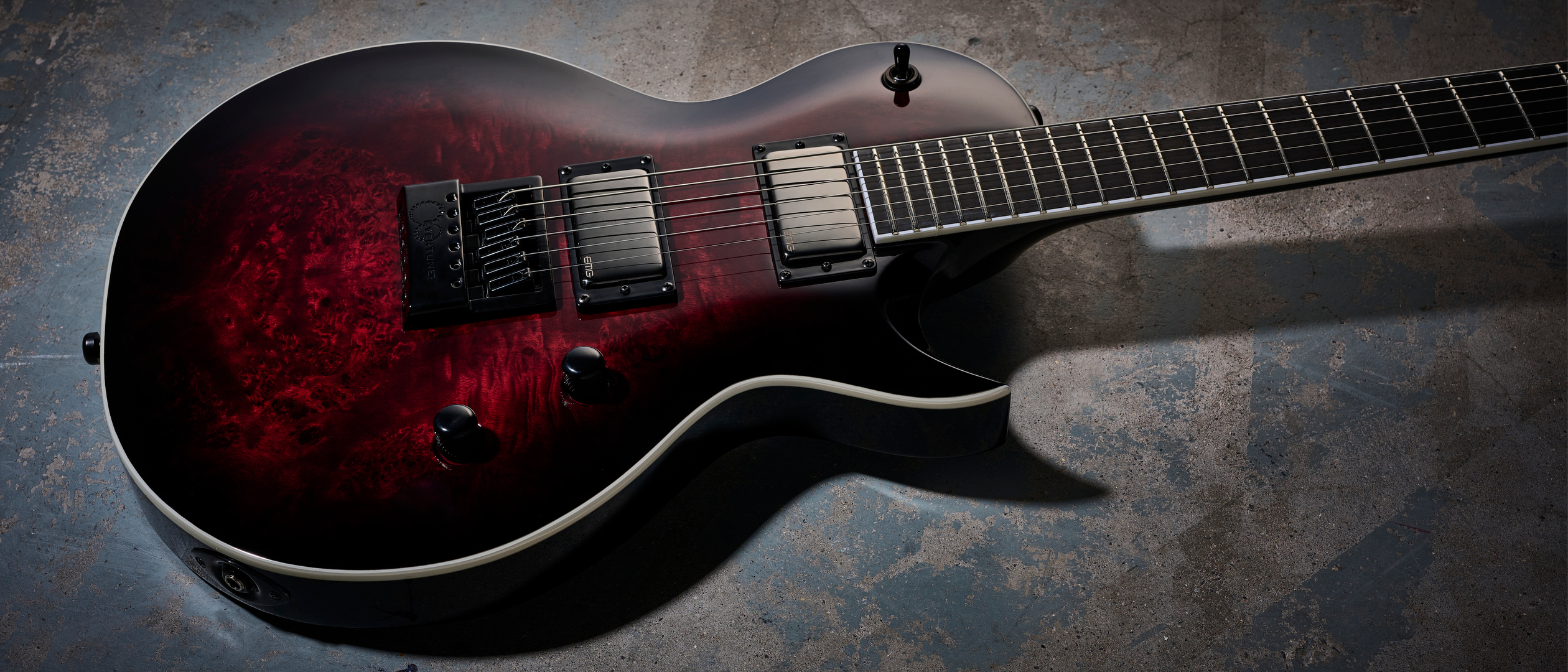MusicRadar Verdict
All things considered, when you factor in that playability, how easy it makes things for you on the fingerboard, it has the potential to be a future classic for Jackson, or at least a proving ground that the weaponised single-cut can be more than just a niche product in its catalogue. Every high-performance brand needs one.
Pros
- +
Superb neck and fingerboard.
- +
Classic EMG pairing remains relevant or high-gain metal.
- +
Quality hardware, tidy build and that's a nice finish too.
Cons
- -
It's heavy.
- -
The thin gig-bag is not really fit for purpose.
- -
EverTune is excellent but a bit of a fiddle.
MusicRadar's got your back
What is it?
Jackson is like the Jason Bourne of electric guitar design. It can make a weapon out of anything.
The Stratocaster? No problem. Sharpen the edges. Reroute the body and install high-output humbuckers. Make those frets bigger and maybe stick a Floyd on it. Easy. Bourne did something similar with a rolled up magazine. Over the years, Jackson has made this its USP: the weaponised metal guitar.
Jackson has made dozens of V-style and X-styles that would struggle to make it through airport security. Single-cuts, however, are a different story. Jackson has not made a habit of it.
Most notably there is Marty Friedman’s MF-1 signature guitar and the related Monarkh range, and that is the design concept that gives Diamond Rowe’s new signature model its shape and form. Jackson lists it as having a Monarkh body shape.
But to be perfectly honest, seeing the EverTune bridge, that more traditional LP shape and the headstock, too, at first it looked like this was an ESP/LTD production, an altogether chunkier proposition that applies a maple cap and poplar burl veneer to give put some meat on the bones.
The guitarist with US metallers Tetrarch has made no secret for her preference for heavyweight guitars, and started out on a Les Paul. It also has the a more Jackson-standard 25.5” scale length as opposed to the Gibson-esque 24.75” of the other Monarkhs.
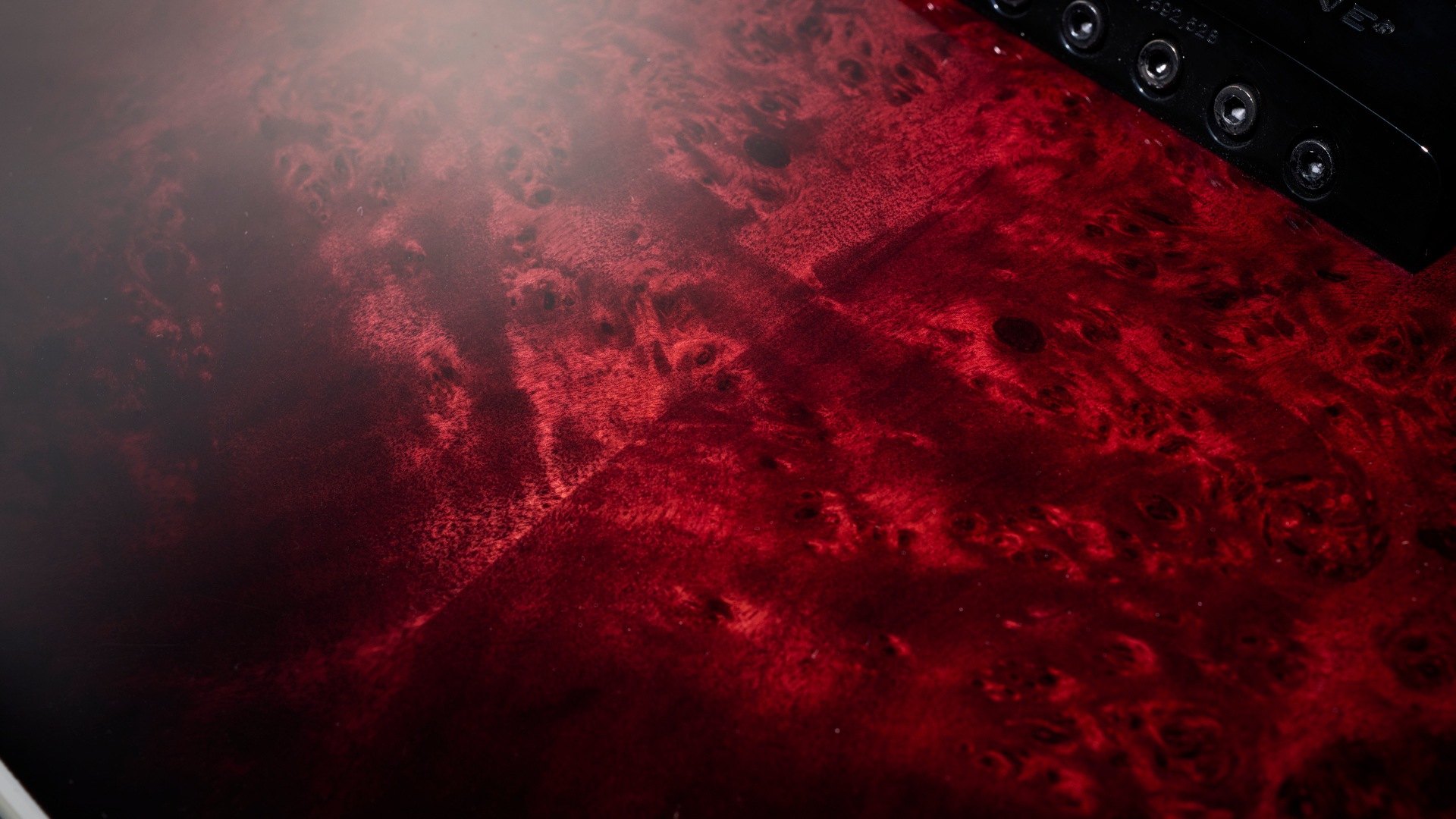
Familiar shape or not, the Diamond Rowe Monarkh really does feel like something new for Jackson.
Want all the hottest music and gear news, reviews, deals, features and more, direct to your inbox? Sign up here.
Yes, this is a high-performance Jackson, with lots of features typical of its South Korean-built Pro Series, but in its own way it is an iconoclastic collaboration, a very different guitar to Friedman’s MF-1, for a very different style of metal.
One that we’ll be tuning down to – well, let’s play it safe – C standard for the duration, to see what kind of punch this can put on a riff.
Specs
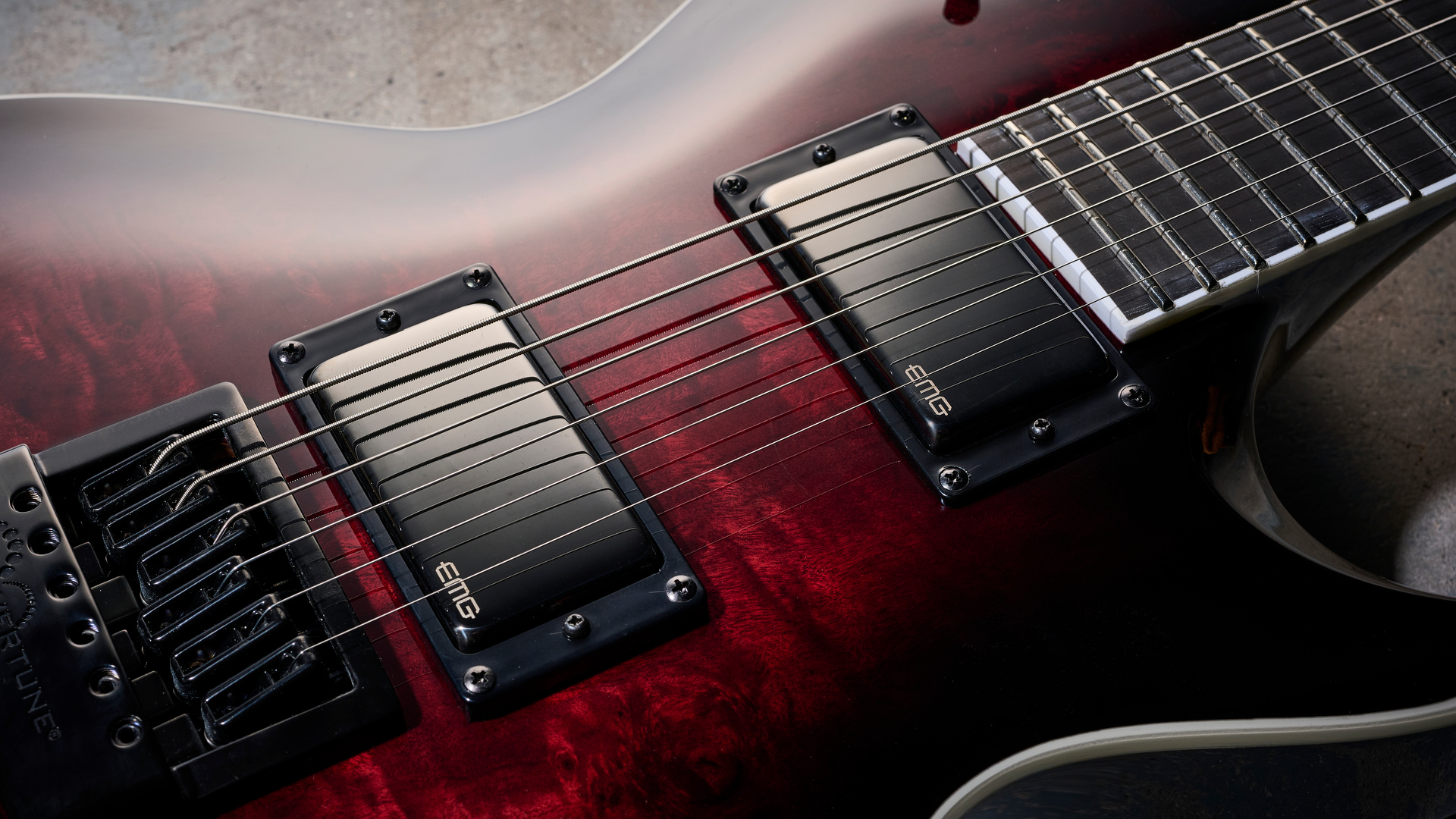
Launch price: $1,699/£1,499/€1,749
Made: South Korea
Type: Six-string electric guitar
Body: Arched-top Nyatoh body, maple cap and poplar burl veneer
Neck: 3-piece Nyatoh neck with graphite reinforcement
Fingerboard: Ebony fingerboard, 12” radius, 24 jumbo frets
Scale length: 25.5”/648mm
Nut/width: Black plastic/42 mm
Frets: 24, jumbo
Hardware: Evertune bridge, Jackson branded locking tuners
String spacing at bridge: 52mm
Electrics: EMG 81 (bridge) & EMG 85 (neck), 2x volume controls, three-way toggle
Weight: 8.6lb/3.9kg
Left-handed options: No
Finishes: Dark Rose
Cases: Gig bag included
Contact: Jackson
Build quality
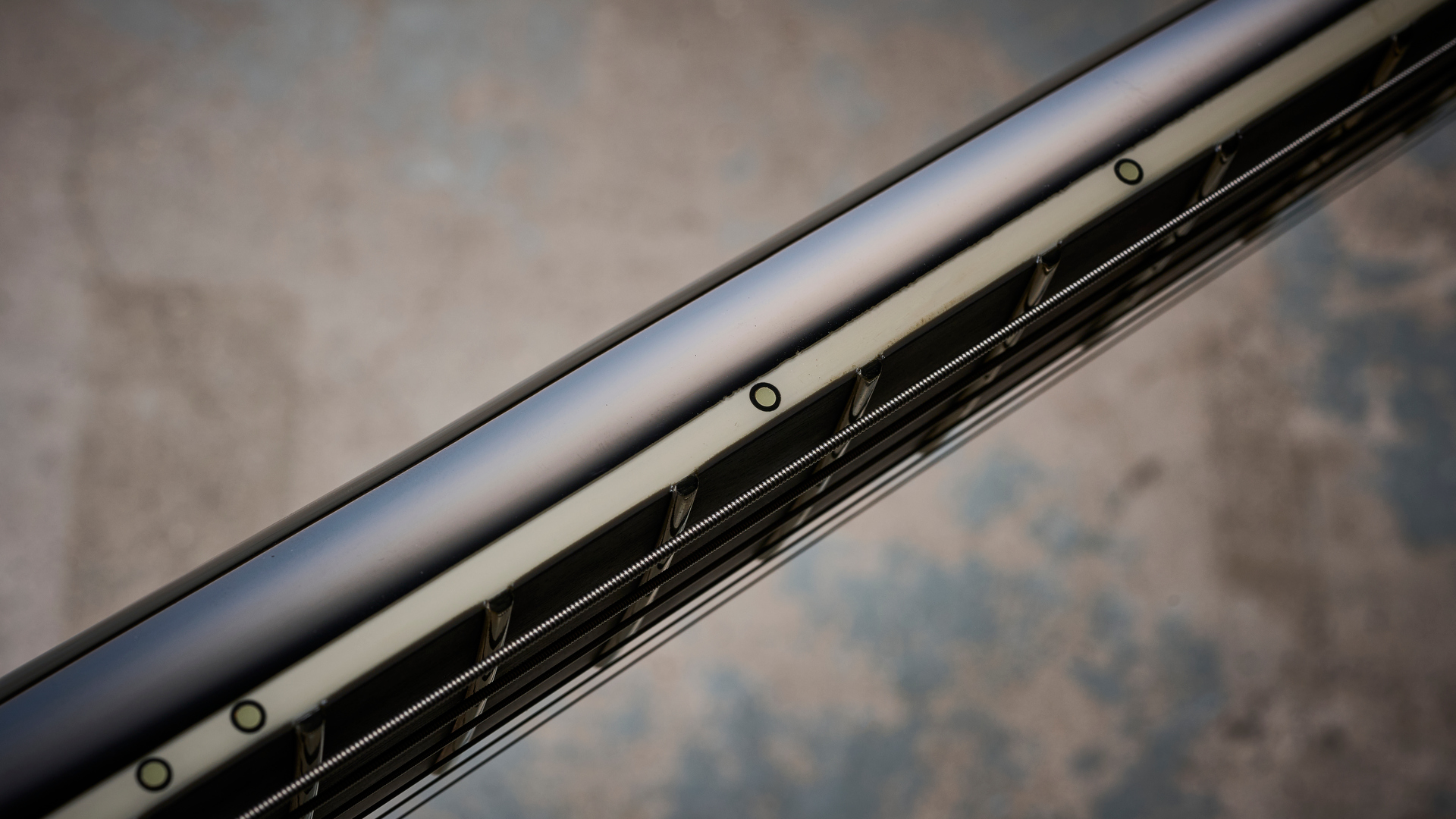
Build quality rating: ★★★★1/2
There is an unerring CNC’d efficiency about Jackson’s Pro Series. The range is consistently reliable. There are some things you can count on.
Number one: the gig bag included in the deal will be rubbish, as it is here, and thus in need of an immediate upgrade, preferably at source, with Jackson (and other FMIC brands at this price point) deciding that these guitars – if not high-end, serious guitars for dedicated players – deserve better.
Number two: this is going to be one well put together instrument. Rowe’s signature model is built for metal but it’s not all blood, guts and goats on thrones. She was looking for something different to you more commonly found flame and figured maple tops – quilted did not get her pulse raising. Poplar burl it is, then.
Under the Dark Rose stain, a sort of purple-red burst by any other name, it gives her Monarkh regal bearing. The look is reprised on the headstock, which is a 3x3 design with a shape that’s more PRS than Jackson. The other Monarkhs in the lineup have those 3x3 arrowhead headstocks that look a bit wrong when you see them on Soloists.
The EverTune bridge is arguably the big talking point here. Its advocates, such as the fusion virtuoso and master of the super-medley Martin Miller, swear by them. Miller told MusicRadar that he didn’t understand why everyone didn’t use one. Ditto, True Temperament frets.
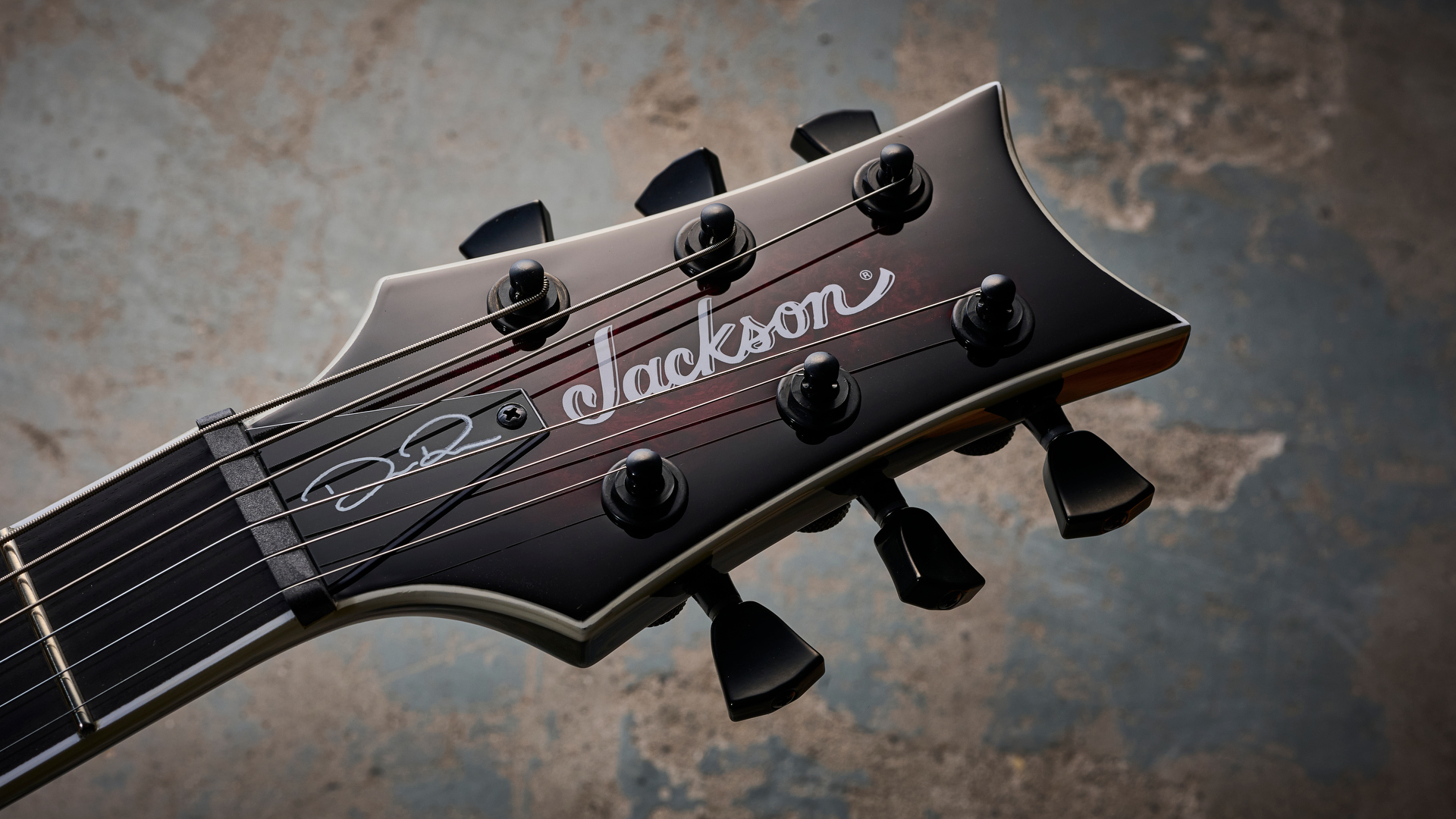
Well, we don’t have the latter here. But the EverTune confers a certain amount of commitment to the cause of tip-top intonation and on-point tuning; it is more work to tune and set up than, say, a Tune-O-Matic-style bridge and tailpiece but it’s more user-friendly than a Floyd Rose vibrato.
Once you set it up, get it in the zone with the turn of the tuning peg, then tune it at the bridge via the key that comes with it, you are good to go. Oh, but then you have to think about your playing style. Are you going to be bending the strings? Blues guitar players look away now, you have to set it up for that, and it requires a bit of patience and a tuner. Sidebar: Rowe’s spec choices underline one of the Iron Laws of guitar playing – everyone needs a reliable guitar tuner in their lives.

Rowe’s preferences also present us with a guitar that’s built for super low-end chug – as in, as low as you’d go before considering whether or not a baritone would be a better option.
It is a heavy guitar and yet that is not without its own appeal. It’s well balanced. A quality guitar strap really can make all the difference. And this solid nyatoh with maple cap and poplar veneer serves us up a tonewood configuration that is familiar enough, with nyatoh our stand-in for mahogany.
There is very little to complain about a build on which everything is geared towards performance
The white binding up the side of the fingerboard is a little bit untidy. Otherwise, there is very little to complain about a build on which everything is geared towards performance; i.e. generous belly carve, sculpted heel and lower cutaway. The EverTune is complemented by Jackson-branded locking tuners. The ebony fingerboard, with those immaculately installed jumbo frets, has no fretmarkers because you’ve got Luminlay glow-in-the-dark markers up the side of that binding anyway.
There are no coil-taps, alternate voicings on this one. A three-way pickup selector switch sits on the shoulder of the guitar, with knurled dome-style metal volume and tone knobs to dial in a sound.
The active humbucker pairing is tried and tested. We have an EMG 81 humbucker at the bridge, an EMG 85 at the neck – a combo that will always make us think James Hetfield. The 9V battery for the active circuit is easily changed via a compartment on the back of the instrument.
Playability
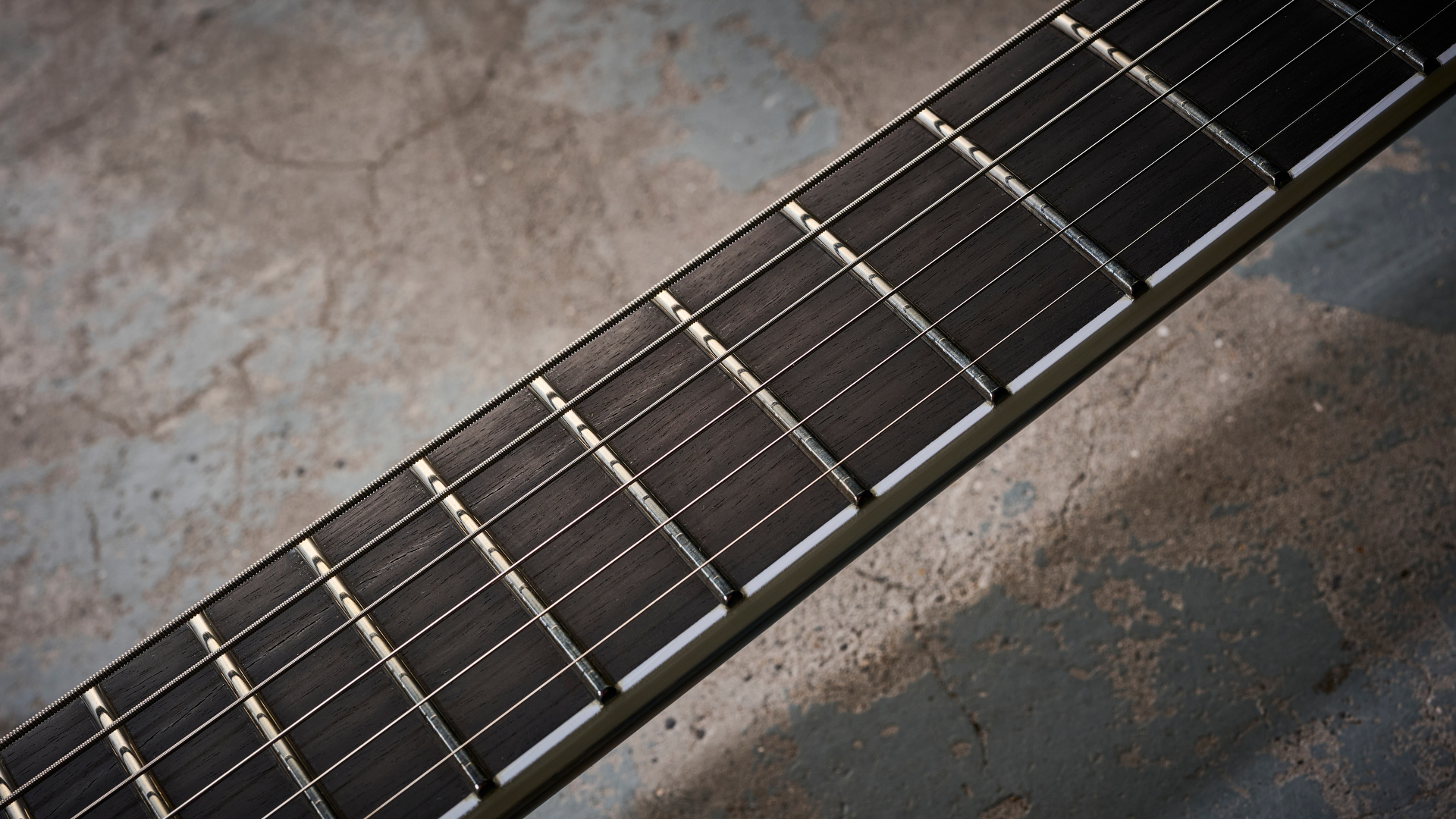
Playability rating: ★★★★1/2
If you were to blindfold me, I might have said it was another of ESP’s EC series; arguably the market leader for single-cut metal guitars
Once you have got the EverTune F6 bridge all set up this is a guitar that largely gets out of your way, though not quite in the time-honoured style of a Jackson.
If you were to blindfold me, I might have said it was another of ESP’s EC series; arguably the market leader for single-cut metal guitars, which also prefer the 25.5” scale length over alternatives such as the Epiphone Prophecy Les Paul’s 24.75”. Maybe there’s something in that. Rowe had long used the EC series with an EverTune, often tuned to drop B.
What is telling here is the 12” fingerboard radius (blues players, you can come back into the room) and a neck shape that has a little more bulk on it. This is not the super-svelte Speed Necks you’d expect from Jackson, as modelled on the Soloist, Virtuoso et al.
On balance, it’s more comfortable for playing chords and the hurly burly that goes along with metal rhythm guitar. The EverTune’s flat profile also makes a comfortable palm rest for muting.

Those with more garrulous playing styles will enjoy getting up the top end of the fingerboard. Those transitions from rhythm to lead feel super-smooth, aided and abetted by that tip-top fret work.
Those frets are well polished; setting that EverTune up for string bends is very much worth the effort because it feels lovely to play a note and shake it on this. The string spacing past the 12th fret leaves plenty of wiggle room too.
Some might wonder why Rowe has gone for a hard-tail in favour of a double-locking vibrato but she looks to her pedalboard for her pitch-shifting solutions, historically preferring the DigiTech Whammy pedal over the manual labour of the tremolo arm. In the year of our lord 2024, there are many different ways to get the job done.
Sounds
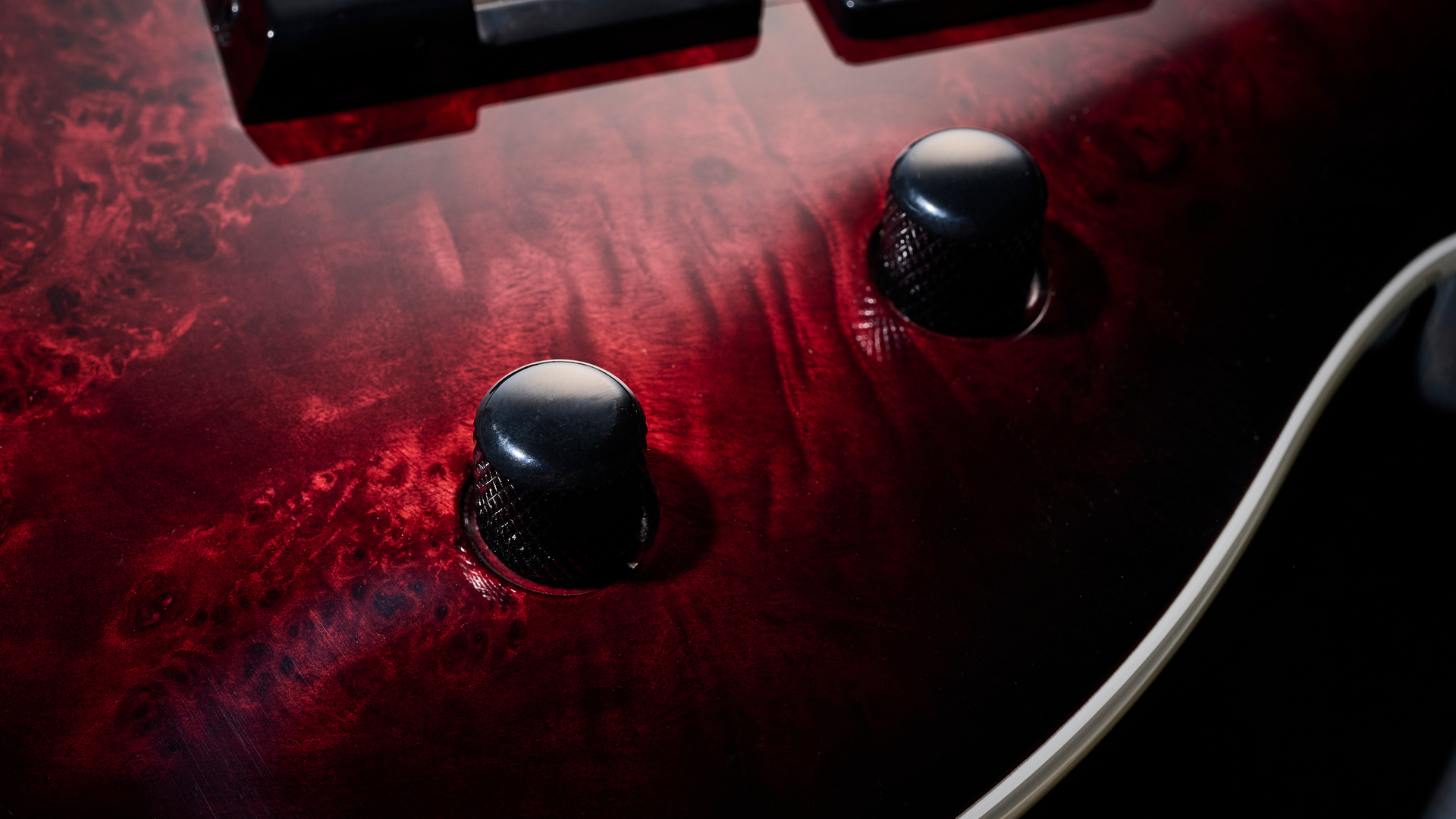
Sounds rating: ★★★★
No one should be disappointed when they plug Rowe’s Monarkh in and turn up the volume, unless they were expecting to be surprised. The core ingredients, all that solid nyatoh, the maple cap, the glued-in three-piece nyatoah neck and an EMG humbucker pairing that all but set the standard for contemporary metal tone guarantee a sense of familiarity.
What an EMG 81 lacks in subtlety it makes up for in clarity and power. Dial in some saturated gain and do your worst. There’s so much clarity on it that it works brilliantly with effects, and presents you with a relatively blank slate for imposing your own tone upon it.
You can run it super 21st-century chug a la Rowe. This is the guitar you need to nail her sounds, even if that is easier said than done. Her radicalism is not easily imitated. You can definitely hit it hard, leaning on EverTune’s solid engineering to keep things stable for super-sized riffs.
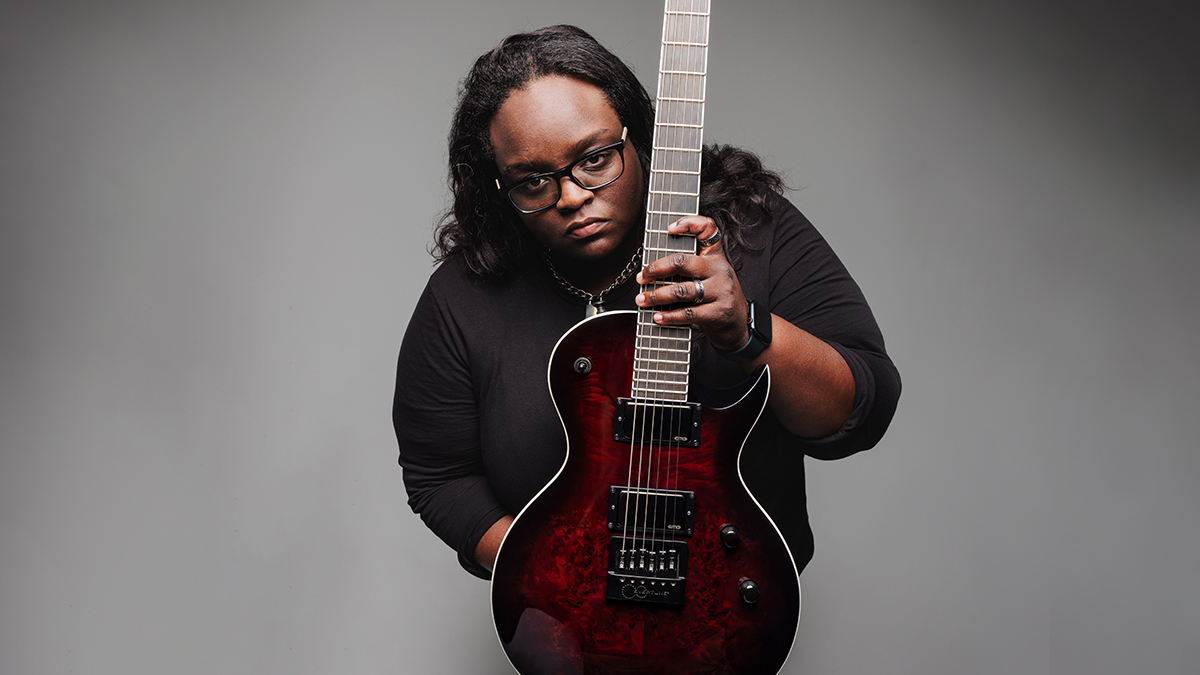
Through a dimed Blackstar tube amp with a bit of fuzz in front those single-note licks maintain that solidity but all the extra harmonic detail – in truth, that raggedy gnarliness – makes it suitable or doom metal, and it is only an HM-2 away from planting its flag on Stockholm’s early ‘90s death metal sound.
The mix position is underrated in these guitars, perhaps because, subconsciously, in a culture that is all or nothing this feels intuitively like a compromise, but it’s a great voicing for rhythm and lead guitar, shaving off some of that high-end content to make sweep picking and legato runs smoother, yet still retaining that cut.
And the neck EMG 85 is similarly authoritative, nice note separation on chords, that fast and precise attack and sort of onboard compression that you get with active humbuckers.
It is only an HM-2 away from planting its flag on Stockholm’s early ‘90s death metal sound
Today’s player is spoiled for choice. Our options, options, options culture might have some asking where the coil-splits are. If the EMG 81/85 is still relevant when Fishman’s Fluence Modern humbuckers are becoming a new industry standard. The Diamond Rowe Monarkh answers those questions; you don’t need coil-splits.
With a clean tone, a Boss CE-2 Chorus pedal, you can do those nice Metallica-style clean tones; the EMGs have that hi-fi quality to them. Even so, you could split the atom with this. If it wasn’t Diamond Rowe’s name engraved the truss rod coverplate you might swear it was J. Robert Oppenheimer’s signature model.
Verdict
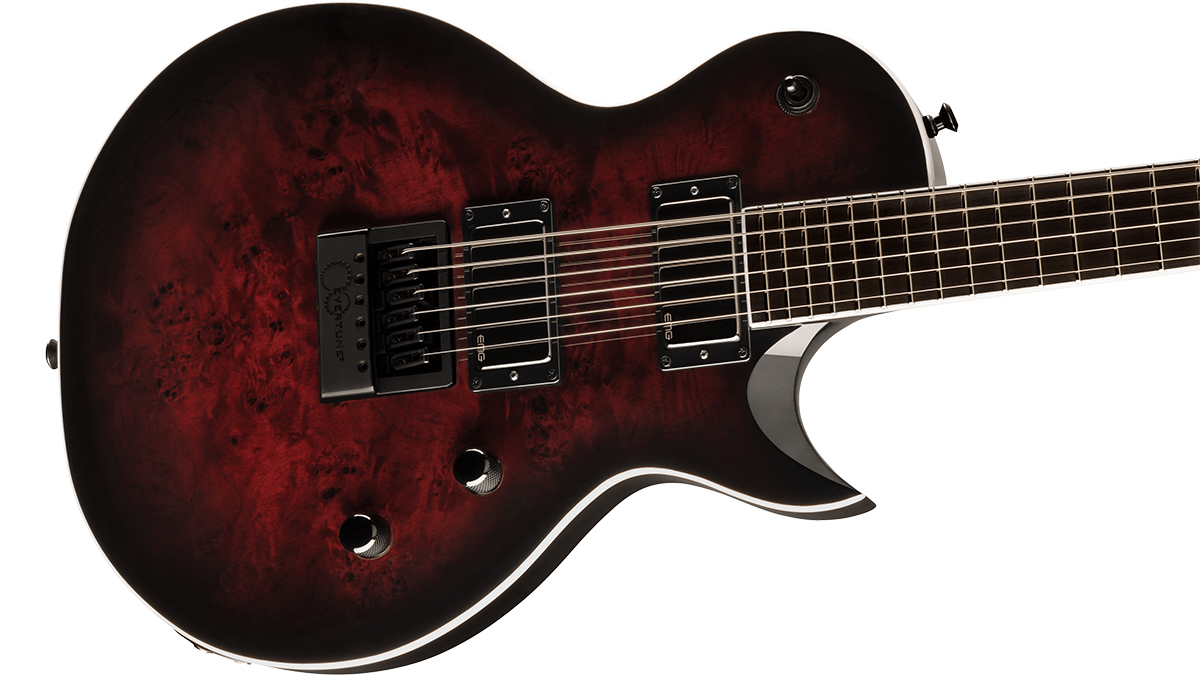
So, then, when it comes down to it, the Diamond Rowe Pro Series Monarkh is not for jazz, it’s not for blues, it’s not even a guitar that necessarily lends itself to metal’s formative sounds, NWOBHM, and the big beasts of classic rock that came before it. There’s too much power.
Just add a high-gain amp (or digital models/profiles thereof), a well-curated pedalboard, and you could write the future for metal tone, which is what Rowe is doing
No, this is the guitar you turn to when it is time to become death, the destroyer of worlds, for adventures on the frontier of extreme guitar tone. Just add a high-gain amp (or digital models/profiles thereof), a well-curated pedalboard, and you could write the future for metal tone, which is what Rowe is doing.
MusicRadar verdict: All things considered, when you factor in that playability, how easy it makes things for you on the fingerboard, it has the potential to be a future classic for Jackson, or at least a proving ground that the weaponised single-cut can be more than just a niche product in its catalogue. Every high-performance brand needs one.
Test | Results | Score |
|---|---|---|
Build quality | Typically on-point from the Jackson Pro Series. | ★★★★1/2 |
Playability | It's heavy, but with a super-comfortable neck and high-performance ride. | ★★★★1/2 |
Sounds | Crushing power from active EMGs, good sustain. | ★★★★ |
Overall | A heavyweight contender for metal guitar of the year. | ★★★★1/2 |
Also try
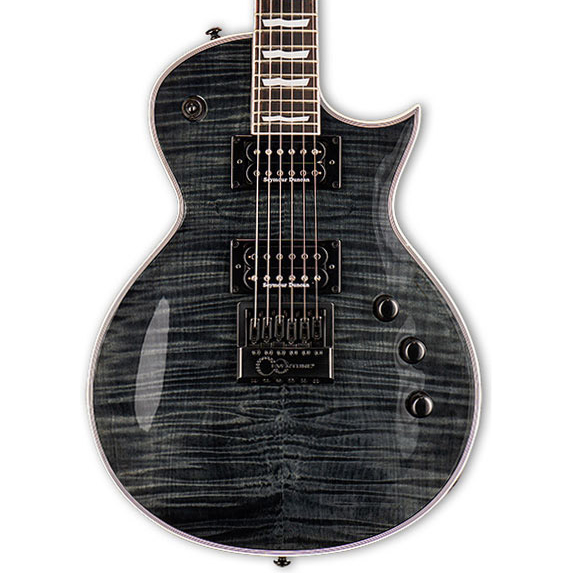
$1,299/£1,299/€1,419
The most obvious alternative. With a pair of passive Seymour Duncan humbuckers it is arguably more versatile. Various pickup/spec options are available.
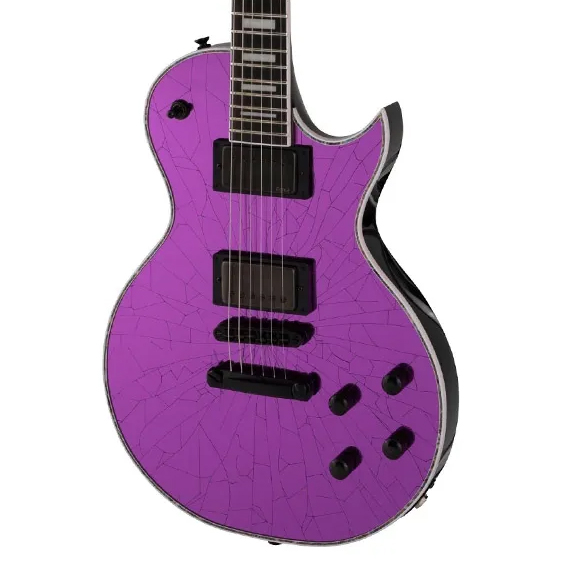
$1,349/£1,149/€1,199
Jackson's other Monarkh; built to Marty Friedman's specs, with a 24.75" scale, it has a pair of his signature passive EMG humbuckers.
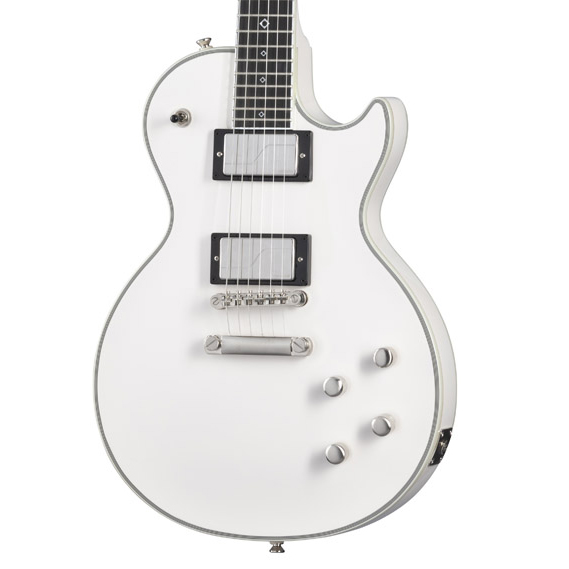
$1,599
A real top-tier Les Paul with Fishman Fluence Modern humbuckers – a super-versatile, serious guitar.
Read more: Epiphone Jerry Cantrell Les Paul Custom Prophecy review
Hands-on videos
Diamond Rowe, Jackson

Jonathan Horsley has been writing about guitars and guitar culture since 2005, playing them since 1990, and regularly contributes to MusicRadar, Total Guitar and Guitar World. He uses Jazz III nylon picks, 10s during the week, 9s at the weekend, and shamefully still struggles with rhythm figure one of Van Halen’s Panama.
